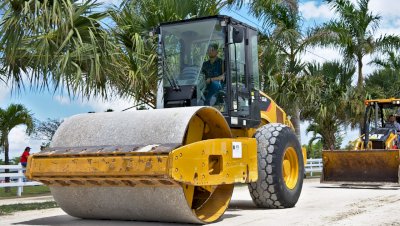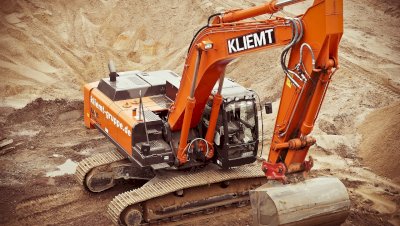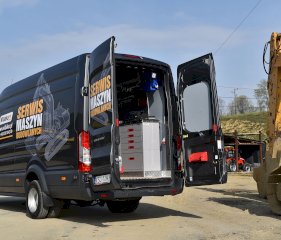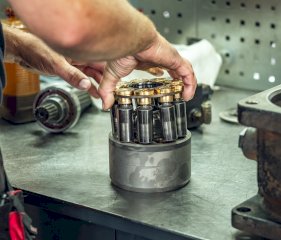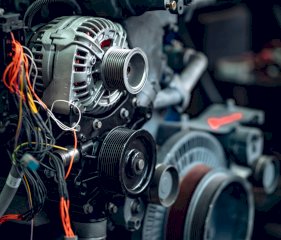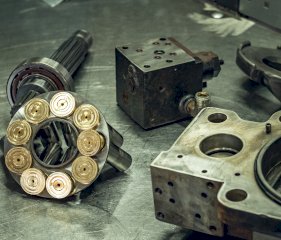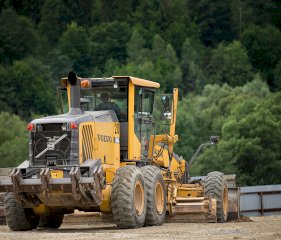Fast Back
What to Look For?
Used tracked excavators are highly sought after in the Polish market. Most entrepreneurs still cannot afford to buy new machines.
Therefore, a second (and often third) hand excavator is an optimal solution, but also a considerable risk. In the secondary market, it is easy to come across heavily worn-out models that will be a source of constant problems and expenses.
That is why we have created a guide to help you check a used tracked excavator before purchasing it.
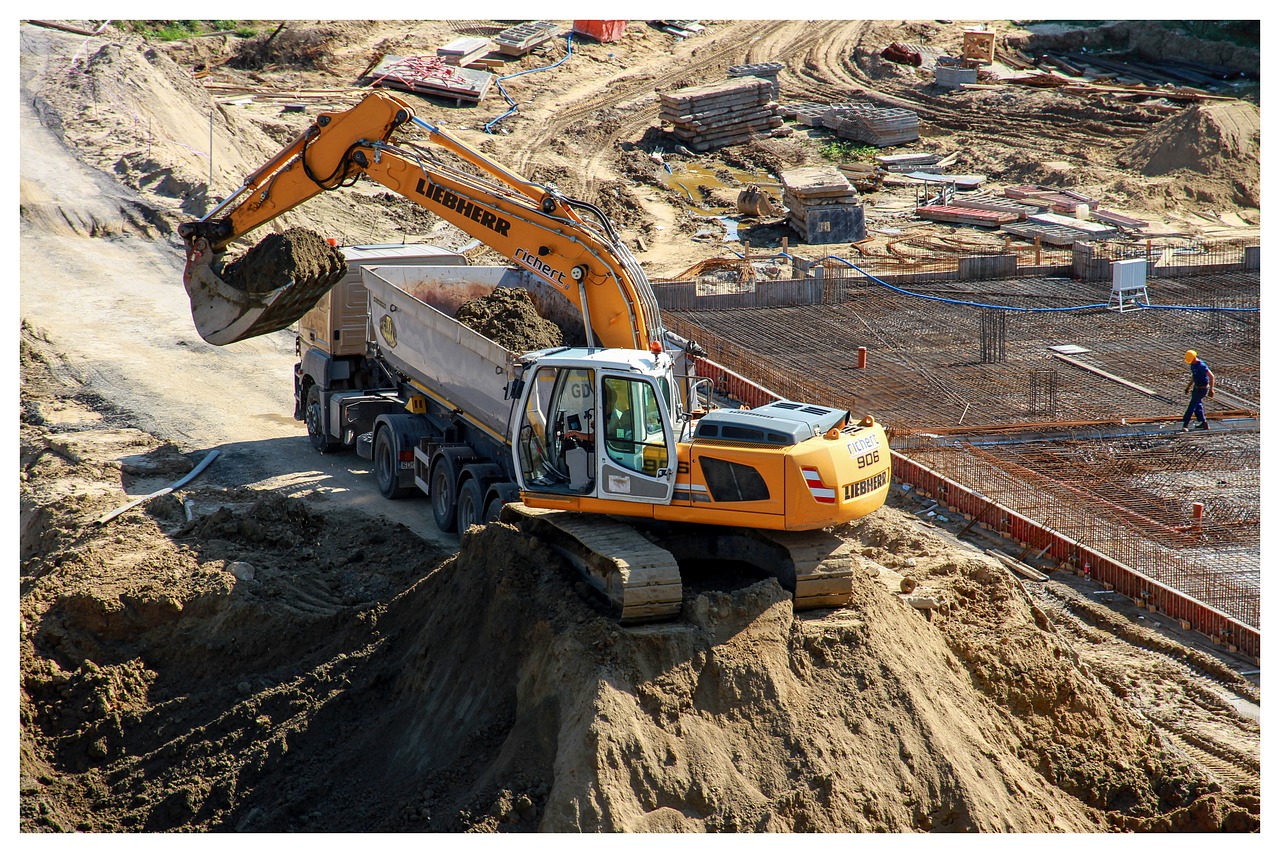
Does the machine meet your needs?
A common mistake made by entrepreneurs buying a used machine is focusing solely on the attractive price. As a result, the company ends up with equipment that does not fully meet its needs. The tracked excavator should be selected based on the most frequently performed tasks.
A machine that is too large will not work well in limited spaces, and the operator will not be able to fully utilize its potential. On the other hand, a machine that is too small will struggle with performing demanding tasks and will often experience breakdowns.
How to check the excavator before purchase?
The first thing to pay attention to is the condition of the undercarriage. We check the chains, rollers, tensioning wheels, and sprockets. If everything is in order, we can move on to assessing the drive system.
A well-functioning engine must have good oil pressure (similar to factory specifications), and it should not produce excessive smoke. During the test drive, we check if the engine has sufficient power and does not weaken after heating up.
A test drive is necessary because it allows us to evaluate the operation of individual components. In the case of a tracked excavator, the efficiency of the differential and travel motors is very important – so we assess whether the machine drives smoothly, steers well, and if there are any worrying noises.
We also check if the machine responds adequately to the assigned functions, if there are no delays in response time, and if all movements are executed smoothly.
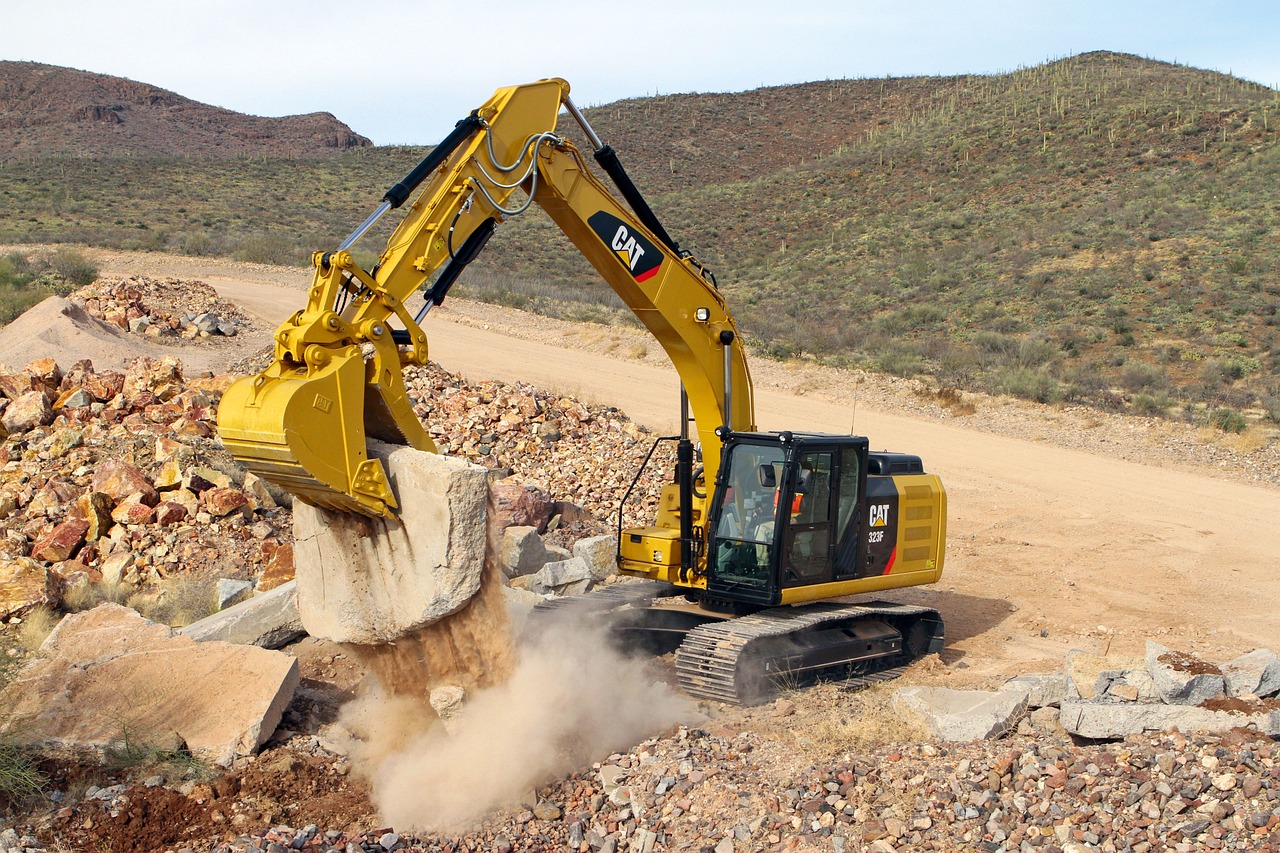
Assessment of the hydraulic system
The hydraulic system is a crucial point of a tracked excavator. It should be checked when the machine is warm, allowing us to assess the condition of the hydraulic pump. If this element noticeably weakens with the increase in hydraulic oil temperature, then the pump is damaged. It is also necessary to check all operating modes.
At this stage, it is worth examining the swing ring – loose play and chipped teeth are common in used machines. It is also necessary to assess the condition of the cylinders, detect any leaks, and check the seals.
The next step is to assess the condition of the arm. Any signs of unprofessional modifications, welding, or cracks should be alarming. This indicates significant wear and improper servicing of the machine.
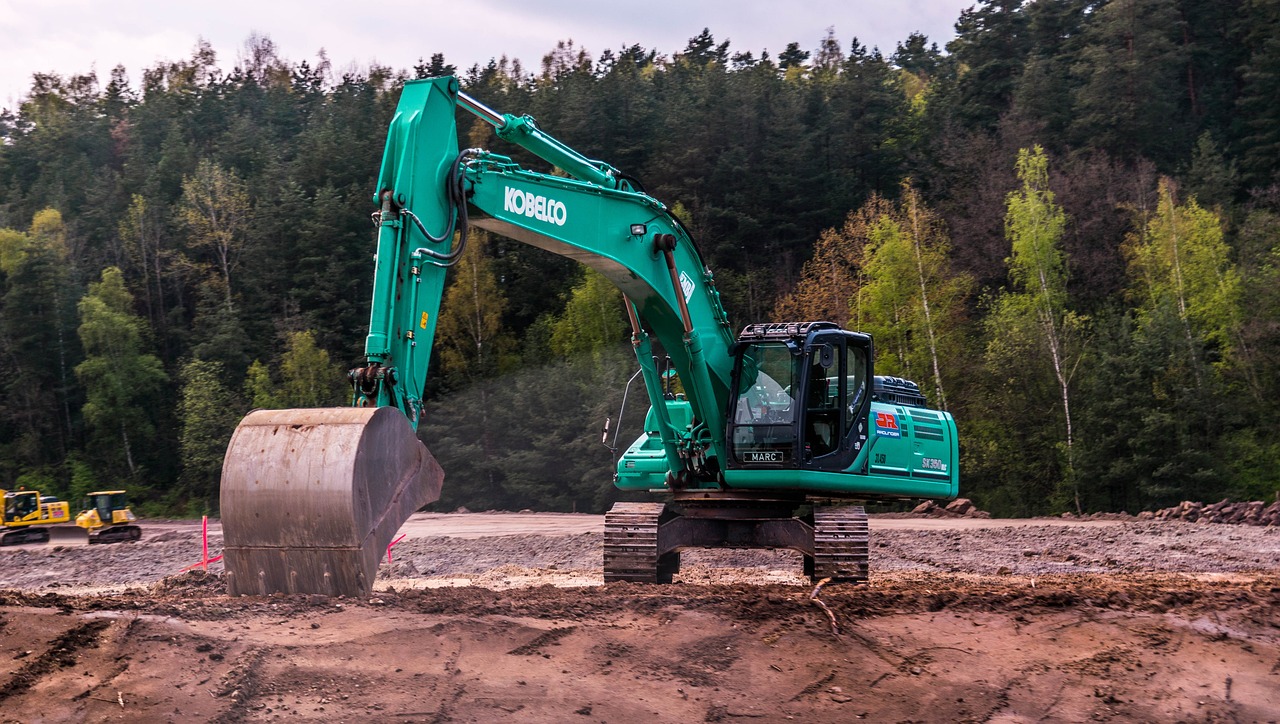
Errors and additional equipment
If the machine is equipped with an on-board computer, it is essential to check if it displays any errors. To be sure, you should connect a diagnostic device – preferably in a specialized service.
While in the cabin, it is worth checking the operation of the equipment, especially the air conditioning (if the machine is equipped with it). We also pay attention to the efficiency of the central lubrication system and quick couplers.
Finally, it is worth asking the seller if they have any additional equipment, which is very useful and expensive. In the case of a tracked excavator, particularly attractive items are a ditch bucket and a breaker with installations.
Remember that preliminary inspections at the construction site do not provide full knowledge of the actual condition of the machine. To be sure that the purchase will be successful, you should use professional diagnostics in a specialized service dealing with repairs of construction machinery.
Categories
Frequently Viewed
